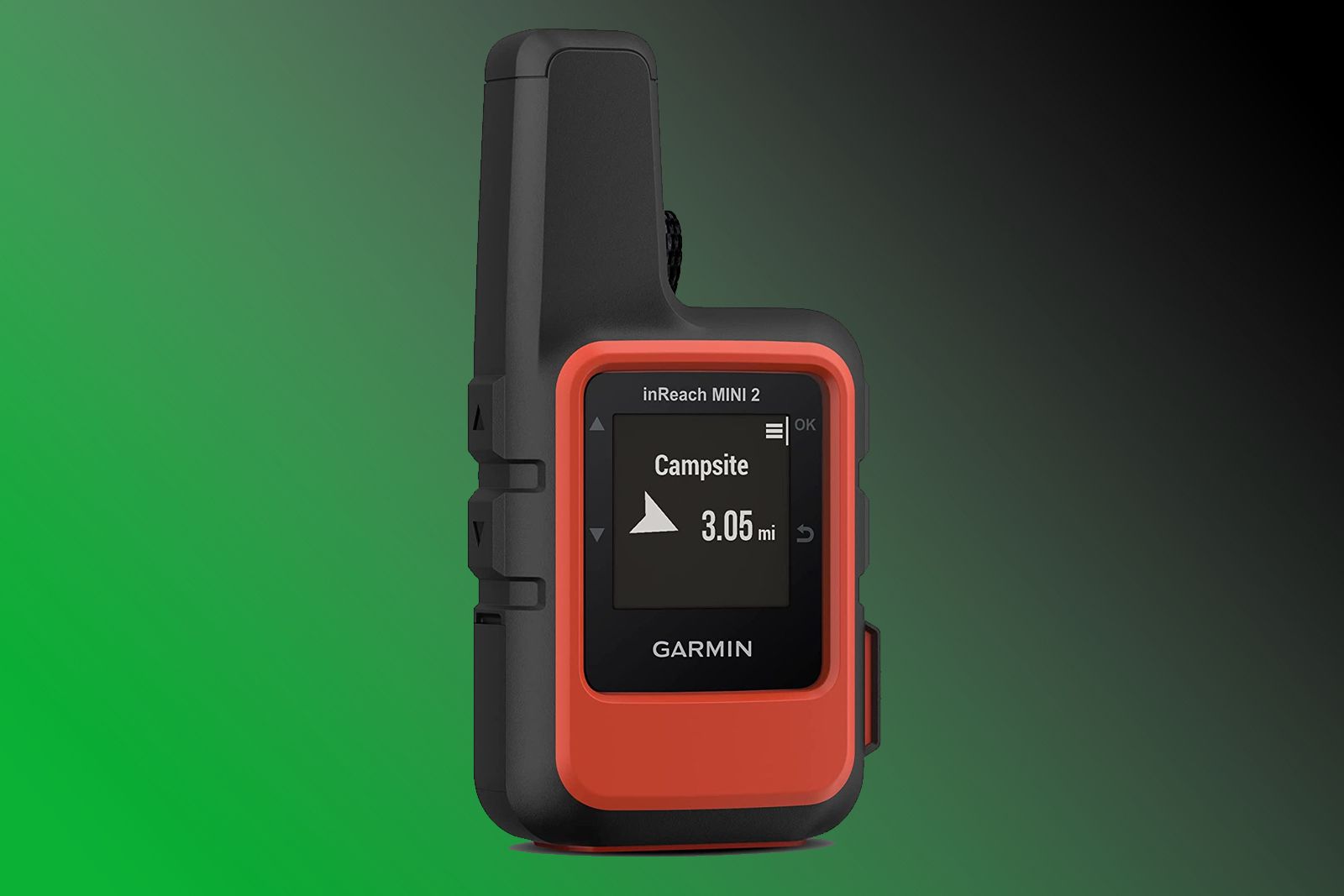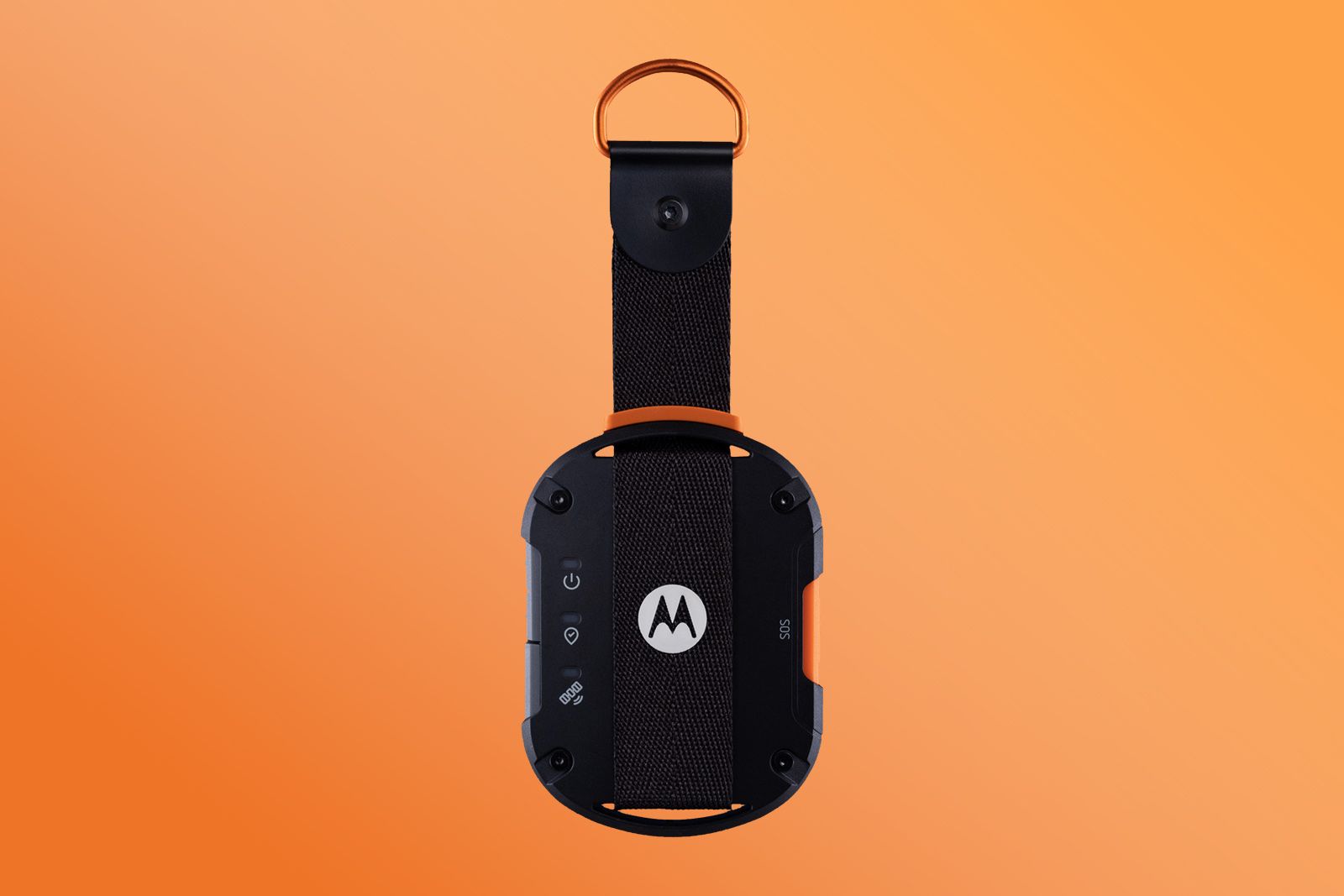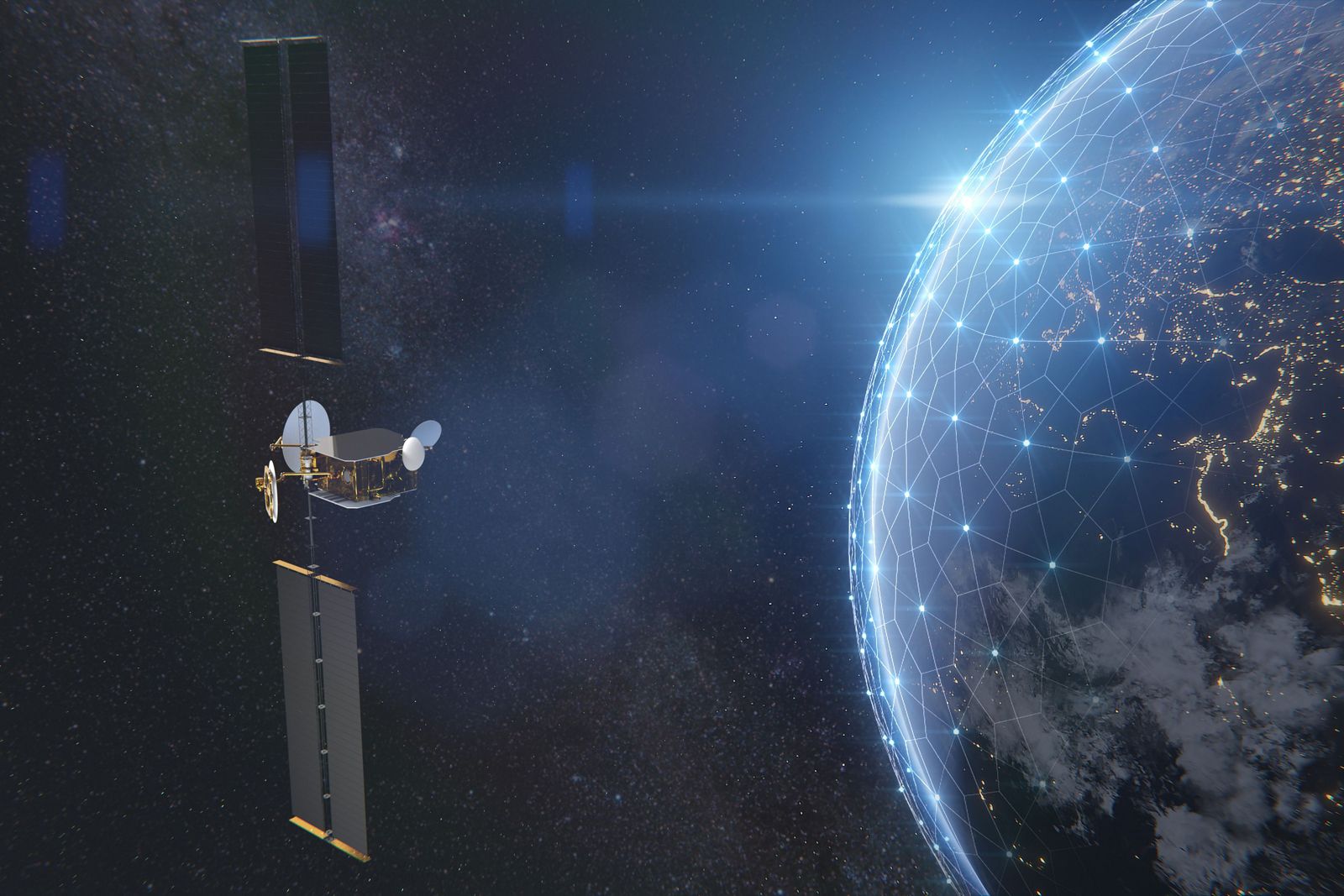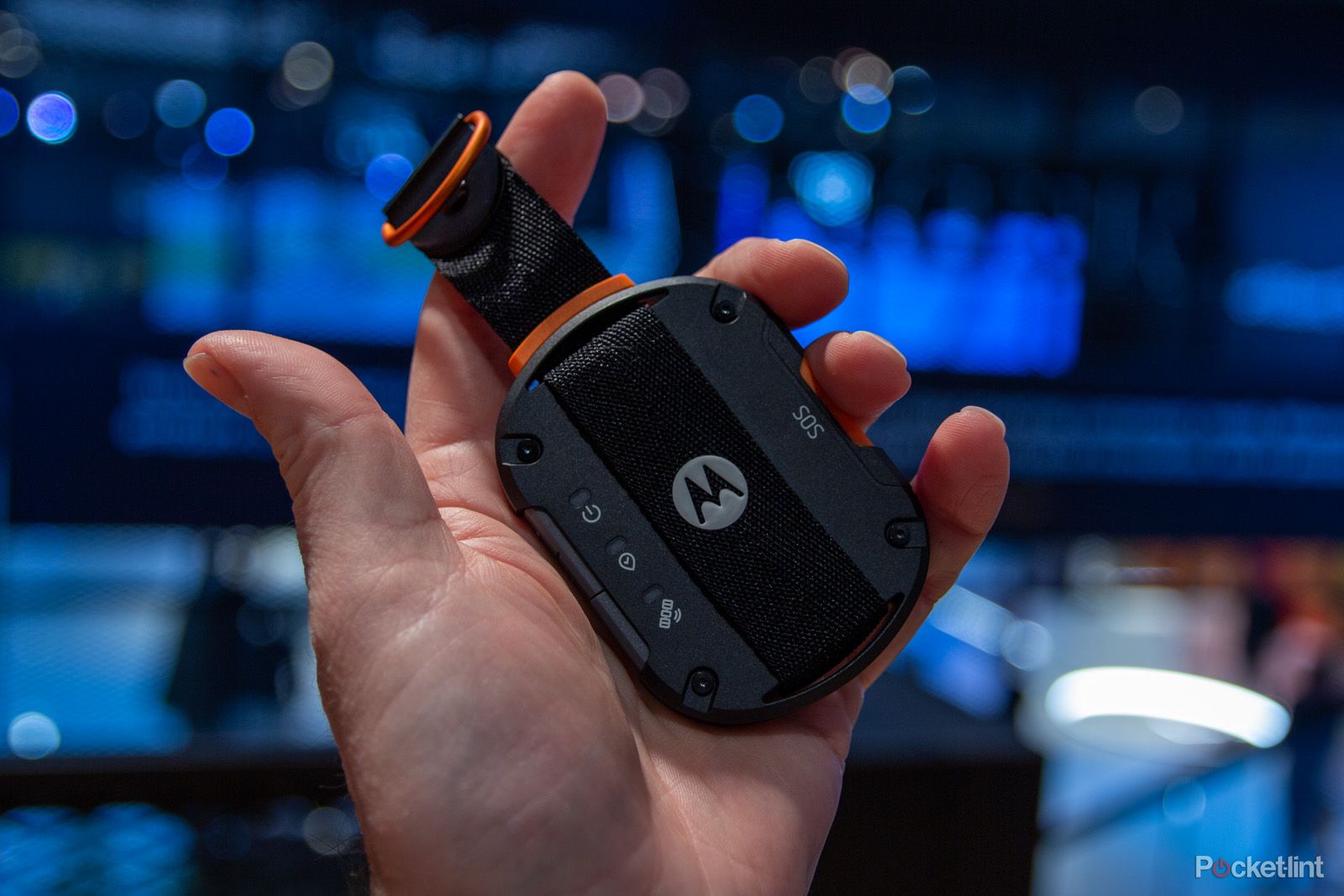Key Takeaways
- Satellite communication in phones is still a new technology that promises to eliminate dead spots and ensure constant connectivity.
- Terms like “satellite communication” and “non-terrestrial networks” are being used to describe this new technology in consumer and technical content.
- Globalstar and Starlink are among the companies providing satellite services, and functions like emergency messaging and SMS communication are currently being offered, with plans to expand to voice and data connectivity in the future.
It’s hard to believe that satellite communication in phones is already a couple of years old – but it’s still in its infancy, very much a new technology that’s going to be pushed alongside other new mobile device features such as AI photography and of course folding displays. Satellite communication promises to free the world of dead spots, meaning you’re always connected to a certain degree.
We’re expecting there to be a whole range of terms involved with this new technology, but you can expect to hear about “satellite communication” on the consumer front or “non-terrestrial networks (NTN)” in more technical content – and probably a whole load of other terms too.
Why is everyone talking about smartphones and satellites?
There’s been increasing discussion about phones and satellites, fuelled by several different strands of conversation. Firstly, T-Mobile and SpaceX announced a collaboration that’s designed to provide 100 per cent coverage for the US, allowing T-Mobile customers access no matter where they are – even in remote places. Secondly, Apple announced emergency SOS via satellite on iPhone 14 in 2022, which put it firmly on the agenda.
Approval has already been granted by 3GPP – the organisation that oversees standards development for communications technologies – for 5G NTNs (that’s non-terrestrial networks, remember), so there is a coordinated effort in place to develop and research satellite communication for future devices, while launches and announcements continue apace.
Inmarsat
How is satellite communication different to current cellular networks?
Currently your mobile phone network relies on a terrestrial connection. Your phone connects to a cell tower or base station via radio waves, and that tower is usually physically connected to the infrastructure to send that data wherever it needs to go. Usually you’ll connect to a number of cell towers at the same time, allowing constant coverage as you move from place to place – but the system relies on one thing: you need the terrestrial connection to make it work.
In remote locations, beyond the reach of those terrestrial cell towers, there’s no reception. You’re in a dead spot. That problem can only be solved if there’s some way to get a connection to that location.
Satellites solve that problem by removing the need for the terrestrial connection. If your phone can connect to something in the sky, you solve the problem of lacking the physical infrastructure on the ground – but you do then need that infrastructure in the sky. That’s what you’ll connect to – using radio waves – to enable satellite communication.
 Wait, don’t sat phones already exist?
Wait, don’t sat phones already exist?
Yes, they do. The must-have accessory for Hollywood heroes or special forces teams behind enemy lines, the sight of someone pulling out a chunky terminal with a big fat antenna have graced our screens for years. Sat phones aren’t uncommon either – they’re commercially available but typically they are expensive, designed for working in remote areas, and don’t really have time for consumer features.
Networks are provided by some names you might recognise such as Inmarsat, Thuraya or Iridium, with a mixture of satellite systems either geostationary (for the former two) or low Earth orbital (for the latter). Low Earth orbital (LEO) might be more familiar, because that’s how SpaceX’s Starlink operates, as well as the OneWeb system.
Something more familiar might be Garmin InReach. This uses the Iridium network for communication and costs from $14.95 a month, along with $399 price for something like the InReach Mini 2 – but it is effectively a satellite communicator.

Garmin
Garmin inReach Mini 2 Satellite Communicator
Who will be providing the satellites?
We didn’t just casually mention Starlink just then – Starlink is already lined up to provide the T-Mobile service in the US. And with Starlink aiming to achieve global coverage with its satellite service, it would be a fair assumption that agreements could be reached with other network providers in other regions to provide a similar service.
The network that is powering Apple’s system is Globalstar. Globalstar is a US satellite communication company with 24 LEO satellites and already provides a range of services. Qualcomm also has a system in the works called Snapdragon Satellite – likely to become dominant on Android devices – which will use the Iridium network.
The important thing to note is that there are already satellites in orbit that can provide the required functions, so there’s potential for a range of different providers for these services. Much of it may depend on what the satellite can provide from existing technology, how that interfaces with consumer hardware, changes needed to ground stations and how the commercial agreements can be worked out.
Inmarsat
What functions will satellite communication offer?
Two services launched in 2022 to really get the ball rolling: Apple’s service on the iPhone 14 will allow you to send messages to emergency services in the US, Canada, UK, Ireland, France and Germany, while the Huawei system, first announced on the Huawei Mate 50, works in China allowing you to send emergency messages.
According to T-Mobile and SpaceX, their initial focus will be on SMS messaging. The initial phase of connectivity will focus on simpler forms of communication, but it will scale-up over time until it offers the sort of voice and data connectivity that you’re used to. The aim, in reality, is to provide connectivity to remote places so users can stay in touch, and it may be some time before you can realistically expect to be able to head into the remotest part of the wilderness and then stream 4K video on your phone.
The Snapdragon Satellite system will also offer emergency SOS functions like Apple’s system, but will also provide SMS style messaging, allowing users to stay in touch, although the details behind this haven’t been fully revealed – we don’t know how the messaging will be supplied or what costs might be involved.
However, the functionality is set to expand, with 2023 seeing Huawei’s system evolve to offer messaging and calls on the Mate 60 Pro, Google was spotted with some Garmin code that might suggest it’s going to also use the Iridium network for emergency messaging through a partnership with Garmin.
What devices will support satellite communication?
You’ll notice that we said devices, because this isn’t just limited to phones. Obviously, the iPhone already offers some functions and that’s on the 2023 iPhone 15 too, but Qualcomm’s original suggestion that Snapdragon Satellite would be available on devices from early H2 2023 doesn’t seem to have come to fruition.
The Motorola Defy Satellite Link, is a Bluetooth dongle that will connect to a smartphone (Apple or Android) to provide messaging and SOS functions.

Motorola Mobility
Motorola Defy Satellite Link
Providing a Bluetooth connection to your Android or iPhone, the Motorola Defy Satellite Link provides that connection to the stars for emergency SOS and messaging.
But satellite connectivity hasn’t appeared in devices it was expected in. Although it was said to be supported in Android 14, there was no talk of it at the launch of the Pixel 8 Pro, and rumours are now saying that the Samsung Galaxy S24 will have a satellite communication system in 2024.
Beyond that, it’s likely that satellite communication could also be integrated into vehicles, again providing another route to calling for help if you get stranded, although we’re yet to see any movement here.
When will I get satellite communication on my phone?
Emergency SOS on the iPhone 14 was made available from November 2022 and that’s on the iPhone 15 too. Huawei launched a service on the Mate 50 using China’s Beidou system. That phone was announced in September 2022. T-Mobile announced Coverage Above and Beyond, saying that it will be in beta by the end of 2023, although we’re yet to see any mention of it.
Samsung looks set to roll-out satellite connectivity in 2024, although that’s far from confirmed, while Motorola’s dongle (discussed above), is available to buy.
The arrival of satellite communication is taking some time and it’s fair to expect it to be slow. But while there was a buzz around this new tech in late-2022 and early-2023, it seems to have gone quiet for a while.
Trending Products

Cooler Master MasterBox Q300L Micro-ATX Tower with Magnetic Design Dust Filter, Transparent Acrylic Side Panel, Adjustable I/O & Fully Ventilated Airflow, Black (MCB-Q300L-KANN-S00)

ASUS TUF Gaming GT301 ZAKU II Edition ATX mid-Tower Compact case with Tempered Glass Side Panel, Honeycomb Front Panel, 120mm Aura Addressable RGB Fan, Headphone Hanger,360mm Radiator, Gundam Edition

ASUS TUF Gaming GT501 Mid-Tower Computer Case for up to EATX Motherboards with USB 3.0 Front Panel Cases GT501/GRY/WITH Handle

be quiet! Pure Base 500DX ATX Mid Tower PC case | ARGB | 3 Pre-Installed Pure Wings 2 Fans | Tempered Glass Window | Black | BGW37

ASUS ROG Strix Helios GX601 White Edition RGB Mid-Tower Computer Case for ATX/EATX Motherboards with tempered glass, aluminum frame, GPU braces, 420mm radiator support and Aura Sync











